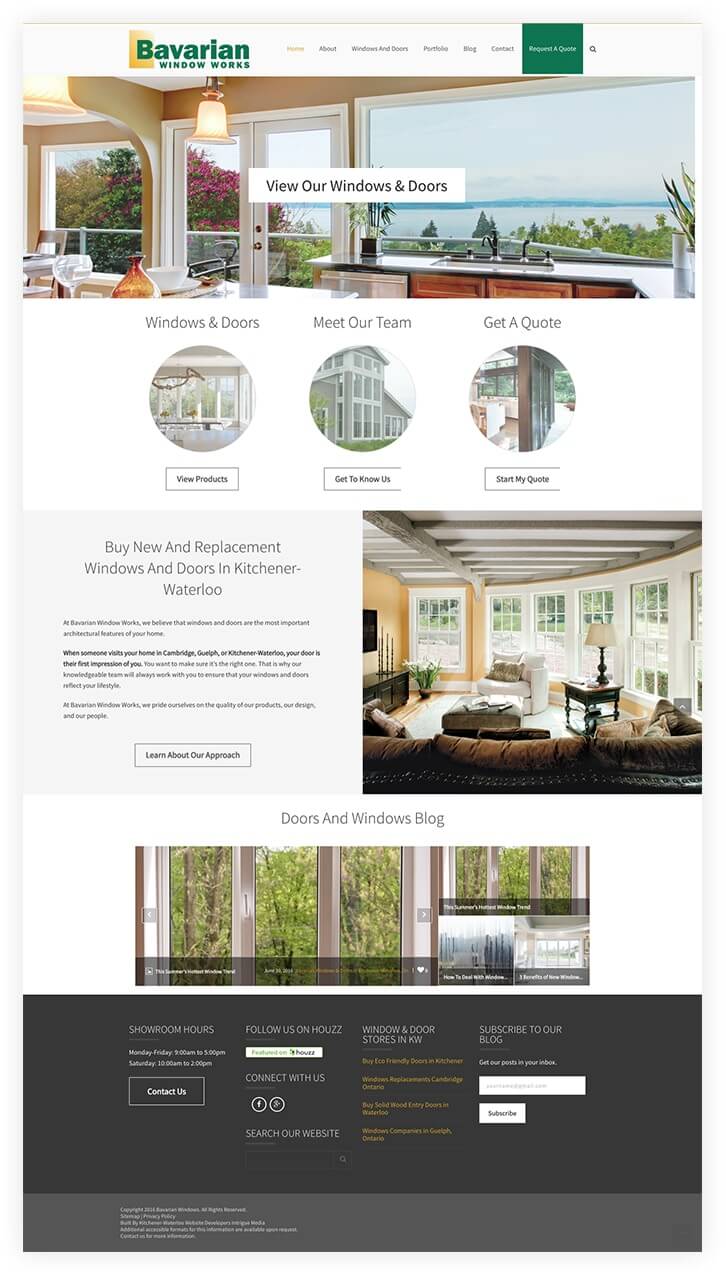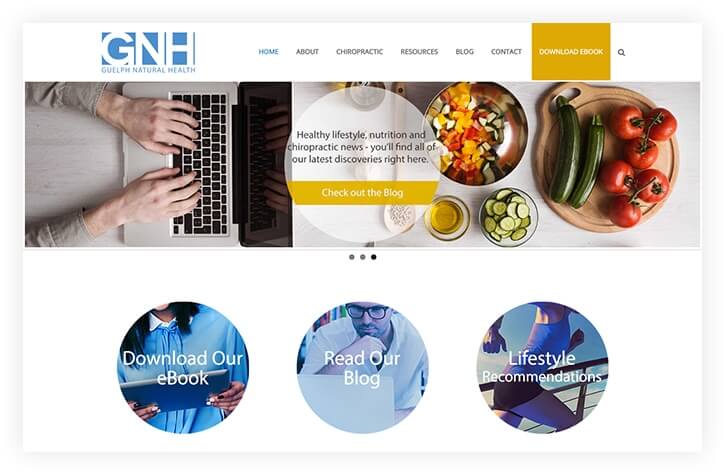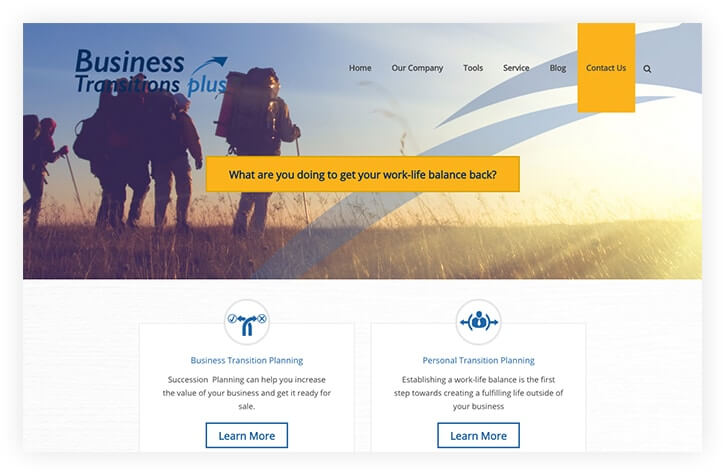Whether over the phone or in person, the one common situation every agency shares is meeting with the client to begin sketching out the direction and implementation process of a managing project scope. It’s an often overlooked phase, but what we’ve learned is that this short initial honeymoon period between you and your clients can absolutely set the tone for the whole duration of your collaboration. Most importantly it can greatly determine their satisfaction with your services and thus impact your reviews and future business.
The approach you take in familiarizing your clients with the scope of your services and your expectations of each other can actually have a tangible impact on the time and overall revenue for both parties involved. How exactly? To give us a clearer idea of how to manage client expectations and project scope creep, joining us today we have Seth Partridge and Mike Bernier of Intrigue Media, an online marketing agency based in Ontario, Canada. Intrigue Media’s primary focus is on collaborating with local businesses across Canada, helping them gain more exposure, increase revenues and increase their presence within their respective communities. And what do they start every new project with? They sit with their clients, one to one and they have “the talk”.
Intrigue Media’s on a Mission.
Seth: “I’m Seth Partridge and I’ve been part of the team here for four and a half years, wearing a bunch of different hats. I started off as a web developer and now I focus more on helping us optimize our process for our clients. So to step back and look at the 20,000 foot view of why we’re here, Intrigue Media is a business that exists so that we can empower leaders and build strong communities. In the marketing world we do this through anything digital—from WordPress websites, to social media to copywriting and blogging, even network and video screens. That’s actually how we got our start ten years ago and over time our clients asked us to help them with more services which helped us grow into what we are today.”
Christine: “And what type of businesses do you primarily work with?”
Mike: “Hey, I’m Mike and I’m the main website builder and I’ve been building sites for a variety of businesses of all sizes. You can’t really nail down any one specific industry or size of the company—we do single businesses who are working out of their home to large corporations that are working both in Canada, the United States, and internationally.”
What Happens When You Don’t Take the Time to Set Clear Expectations
It seems that more often than not, the best “ah-ha” moments tend to come after things didn’t go exactly the way you had planned. Likewise, after a few projects that went far over the allotted time, the team at Intrigue Media realized that they needed to take a more direct approach in orienting their clients to the scope of their services, the approximate timeline of certain steps and certain marketing strategies. This would eventually help them to streamline their projects and save time not only for themselves, but for their clients.
Seth: “The one thing that we find to be helpful is that we shoot to work with people who believe in the same thing we believe. This then becomes the common link between our respective approaches to work and makes it much easier for us to anticipate their expectations. We use the Simon Sineck Methodology and always start with “why” so we always talk about our purpose and lead with that as best we can. Over time we started to see that more and more of our clients have that same purpose in common.”
Christine: Absolutely and piggy-backing on top of that thought, this initial step to work with like-minded enterprises connects directly with setting client expectations and managing project scope creep. Was there a series of perhaps not so successful experiences you had with clients that made you, as an agency, press pause and figure out a way of dealing with these issues?
Mike: “Yeah for sure, when I started here a year ago we didn’t have that much of a process as we do now—the website development process was a bit more lackadaisical where it’d be like “hey do you want a website, here are some time frames” and sometimes they would scope out the site, sometimes it’d be us scoping out the site, or somebody else would scope out the site and another person would develop the site. That really didn’t work for situations where handoffs would occur and these handoffs would be blind in the snow, 10 foot handoffs where people just fumbled the ball and it didn’t work very well. We’ve worked on this process and really solidified our website scoping so that now we make sure to have the team member who has scoped the site working on the project. In this way, they’ve had communication with the client from the very start and therefore can create these expectations so that scope doesn’t creep and ensuring that everybody’s happy in the end.”
Two Simple Questions You Can Ask to Identify Client Expectations.
Building an interactive, results-oriented website and developing a marketing campaign from scratch is a pretty darn multifaceted process. So sure, sometimes it’s not so clear to know what questions to begin asking your clients to get the ball rolling. And no pressure, but those questions can really kick off your scoping and production process on the right foot, or lead you down the wrong road, forcing you to backtrack later on. When we asked Seth and Mike if they had a magic formula for how to have this initial conversation, they gave us a simple and easy-to-remember answer.
Seth: “We do have a very detailed bullet point list of questions we go over but at the end of the day it can actually be summed up with just a few questions:
- What do our clients want to see?
- What do their clients want to see?
Some follow up questions can include ‘what are their goals?’ and ‘what are their clients goals?’.
Once we’ve looked through that lens that really helps to shape the path for the initiatives that we’re going to implement. It also helps down the road when the scope tries to creep so perhaps the client asks for something that’s either not going to help the goal or is going to get in the way of getting to the market with the actual website or whatever initiative it is. This way we can bring it back to the big picture and say, “hey I think that’s a great idea; here’s where we’re at, here’s the big picture goal of the campaign so I think we need to wait on this or not do it at all and here’s why!”. Nine out of ten times our clients really appreciate that honesty and when we use a nurturing approach with it they’re usually very understanding that we’re just trying to get them to that goal in the quickest but most appropriate way possible. At the end of the day if we end up doing it, it gives us more business later on and it helps us get to market as soon as possible with the product. After all, a website that’s not live, no matter how complete it is, is still not live.”
Manage Expectations. Now Exceed Them.
Even after spending time orienting your clients, although they will have a much better idea of the overall approach and timeline of the project, it’s still likely that they’ll underestimate all of the work going on behind the scenes. That being said, it’s still imperative to leave your customer with a memorable service experience where they felt catered to and personally care for. How to achieve this delicate balance between the hours that it would usually take to custom code and still taking the time to have more one to one time including your client throughout the process? Mike shared with us how using The Ken contributed to their ability to accomplish both:
Mike: “The Ken has really been amazing for this. It’s really helped in terms of scalability–so we don’t spend all of our time setting up WordPress and custom-coding CSS to match each specific client’s website needs. We’re able to just clone our development server which has The Ken on it and then build out using the awesome Visual Composer. This allows a lot more time for us to focus on the areas that do require more custom development and overall increase the client’s satisfaction.”
The truth is, this concept is pretty straight forward. As with most life situations, clear communication around preferences, expectations and end goals is almost always a mutually beneficial component to a healthy and successful collaboration. Mike and Seth have given you a peek at what can happen when you don’t take the time and consideration to start a collaboration on the same page as your client. Likewise, they’ve elaborated on the very real mutual benefits asking very simple yet targeted questions can have on the entire work process and client relationship. Do you, your team and your client a favor and start off on the right foot so you can get the right results.








No comment yet, add your voice below!